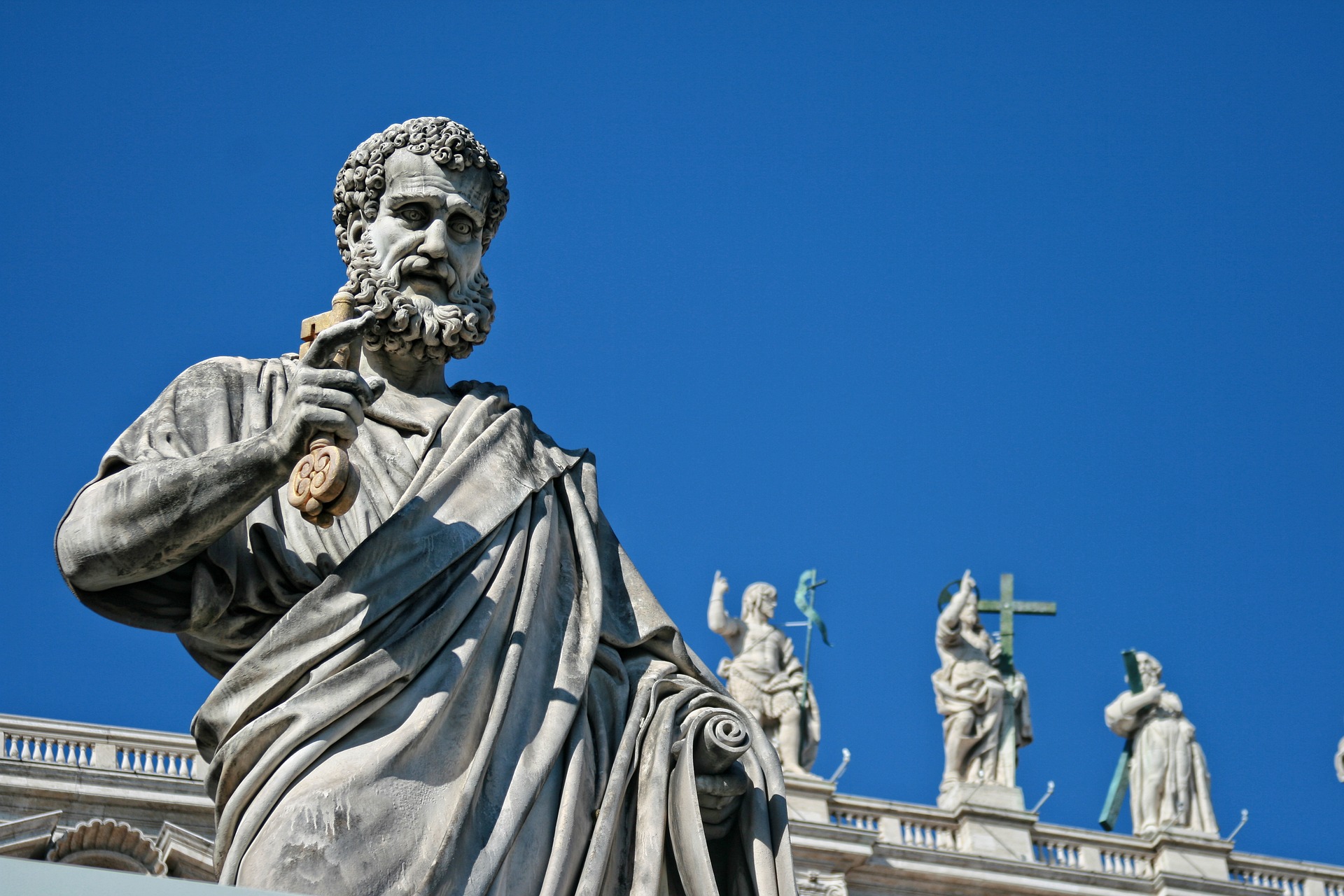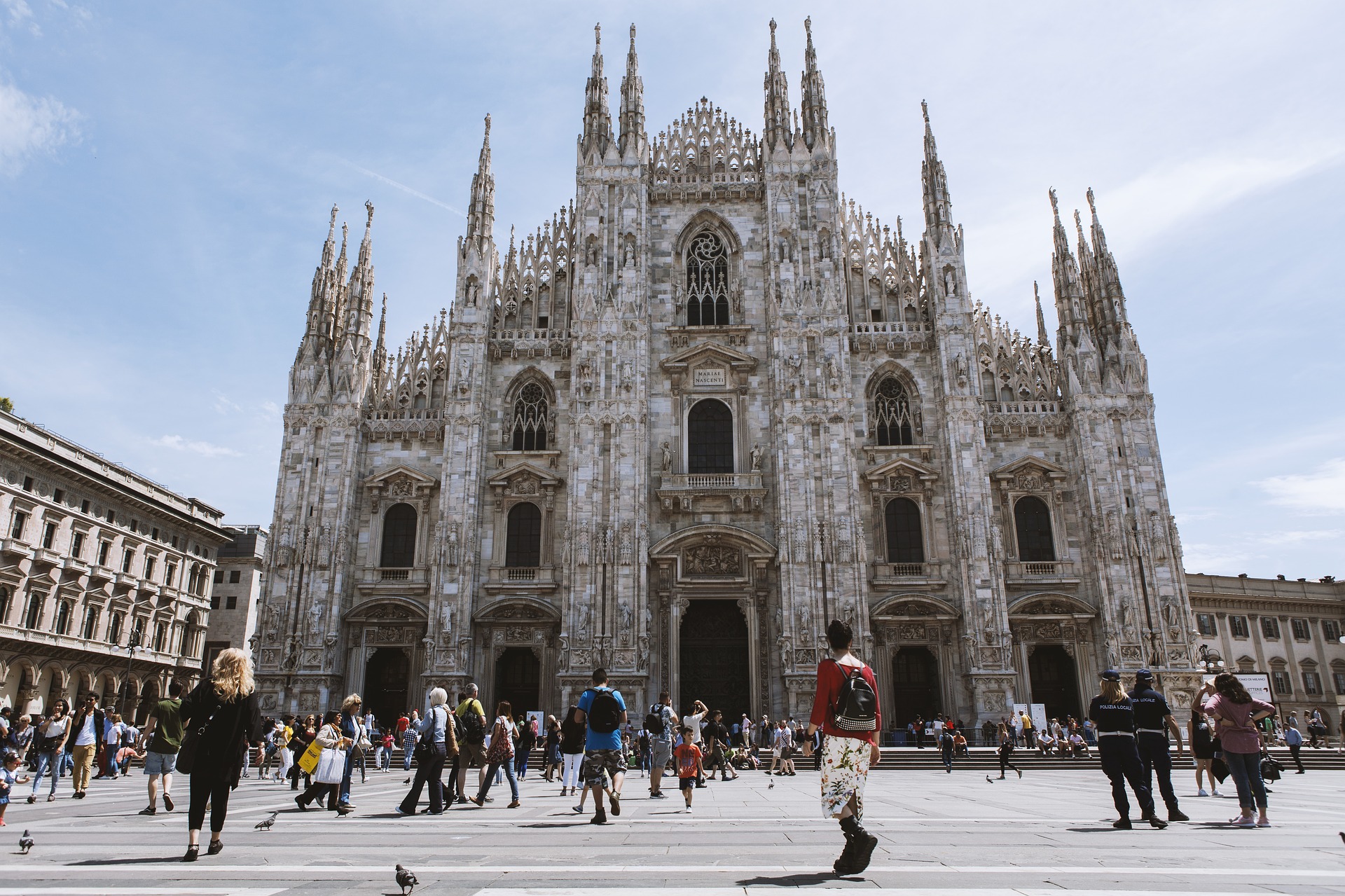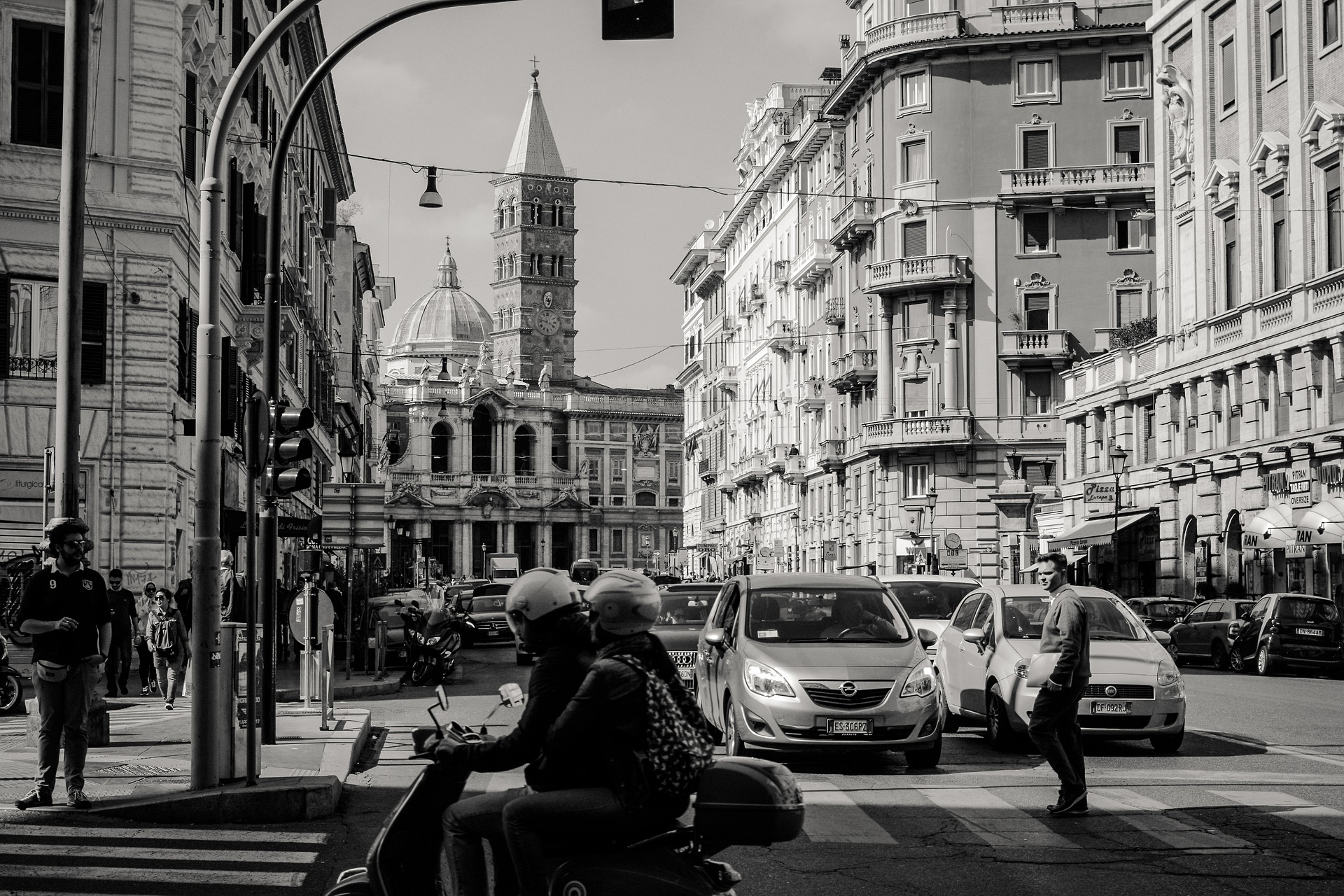Thanks to steady progress against the virus, Italy is gradually easing border controls and local restrictions as travelers return to one of the world’s most popular destinations. Indoor food is back, curfew is over, and there are many new attractions to enjoy, from the recently opened secret tunnels in the Colosseum to the latest discoveries in Pompeii.
But the threat of the virus is still present, especially as the Delta variant spreads. This is not as usual. Some pandemic restrictions are still in place, and enhanced measures can be applied with little warning if alarming trends emerge. If you are planning a trip to Italy this year, here’s what you can expect.
Can I go to Italy from the EU?
Italy has adopted the EU’s COVID digital certificate, which facilitates the return of free movement through the block. This is a digital or paper certificate stating that the owner meets the conditions of travel: fully vaccinated (last dose administered at least 14 days before departure), or cured of COVID-19, or has a negative COVID-19 result from PCR or antigen test, made within 48 hours of the trip.
Read more: Everything you need to know about the EU’s COVID-19 digital certificate
Italy does not classify risk areas according to EU recommendations. It has its own classification system. So, even if you come from an EU country that is classified as green in the traffic light system of the European Center for Disease Prevention and Control, you still need to present a digital COVID certificate for a trip to Italy.

Can I go to Italy from a non-EU country?
Italy applies different border restrictions to travelers arriving from non-EU countries, depending on the COVID situation. Travelers coming from countries classified by Italy as low-risk groups are allowed to travel to Italy provided that they can prove that they have been fully vaccinated, have recently passed a negative COVID-19 test or have recovered from the virus. The United States, Canada, and Japan are non-EU countries classified as low-risk.
Those arriving from the UK will have to undergo a five-day quarantine upon arrival with mandatory testing. Those coming from India, Bangladesh and Sri Lanka are also subject to additional restrictions due to the spread of the delta option in these countries.
What vaccines does Italy take?
Italy requires that travelers be fully vaccinated with both doses of an EMA-approved vaccine: Pfizer, Moderna or AstraZeneca; or a single Johnson & Johnson vaccine.
Do children need to be vaccinated to enter Italy?
Children under the age of six are exempt from all requirements for vaccines, testing or quarantine in Italy. However, children between the ages of six and 18 must present a negative COVID-19 test result before arrival.

What else do you need?
All arrivals must complete the Passenger Locator form prior to arrival, regardless of their COVID status or departure point.
Can I take the test in Italy?
Many countries, including the United States, require passengers to submit a negative COVID-19 test result before boarding a flight from an international trip. Fortunately, tests are widely available in Italy in pharmacies, laboratories and testing centers.
The Red Cross has test stations at railway stations throughout Italy, including Romani Termini, Milan Central, Venice Santa Lucia and Florence Santa Maria Novella for antigen testing. On-site testing is also available at Italy’s largest airports, and most offer antigen and PCR tests, but check the website of the airport you are traveling through for details in advance.

What is open in Italy?
Italy is home to many of the world’s greatest works of art, architecture and gastronomy and has more UNESCO World Heritage Sites than any other country. Popular attractions include Pompeii, where visitors can follow in the footsteps of the ancient Romans, and Ravenna, home to glittering Byzantine treasures. Venice’s gondolas lead to the famous Rialto Bridge, while Rome is home to St. Peter’s Basilica, the Vatican Museums and the Colosseum, as well as the iconic Trevi Fountain.
Fortunately, you can experience these places with relative ease, as all regions of Italy are now classified as “white areas” or low risk (the government can step up health measures at any time if cases get out of hand. ). Most restrictions have been lifted, but the rules of social distancing remain in place in public places, as do the requirements for camouflage in crowded places, on public transport and in closed public places.
Indoor food has returned to Italian restaurants, cafes, bars, ice cream parlors and pastry shops. Some capacity restrictions apply, but the general rule is no more than six people at a table. Outdoor hotels, spas and swimming pools, as well as beaches, but visitors must be at least one meter apart when installing towels, sunbeds or umbrellas.
Museums and cultural attractions are open for limited capacity from Monday to Friday and for those with pre-booked weekend tickets. Cinemas, theaters and concert halls are usually 50% open.
The government plans to open nightclubs in July, but entry can only be allowed with an EU COVID digital certificate or relevant medical records, according to The Local Italy. These certificates may also be required to attend concerts, festivals, sporting events or weddings, according to the Italian Tourism Council.

